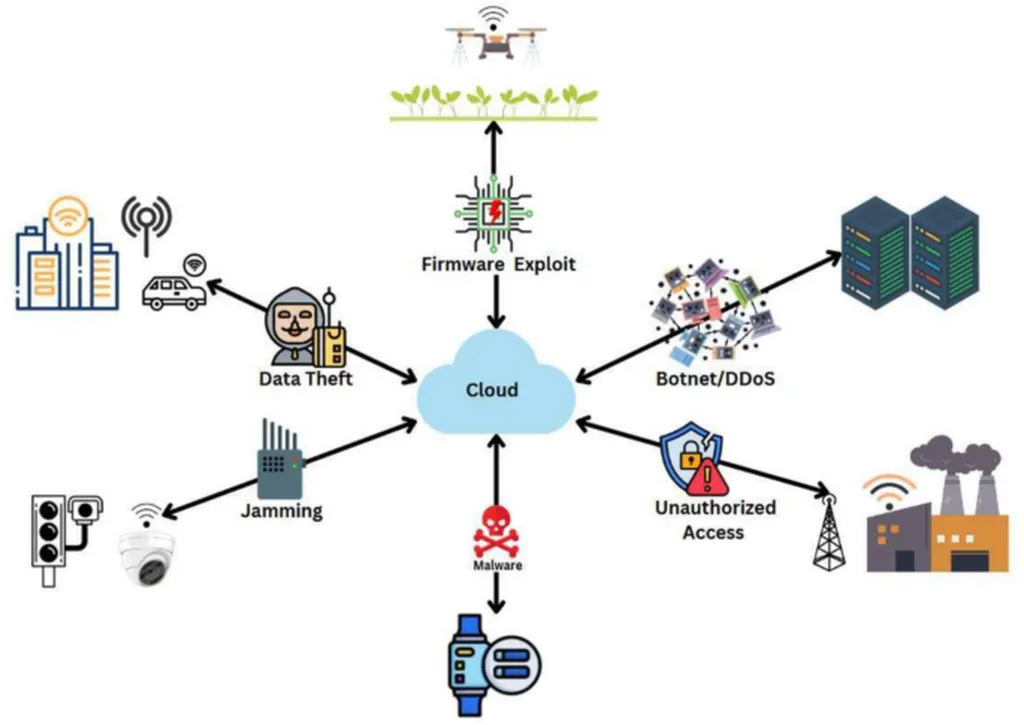In an era where the Internet of Things (IoT) is rapidly transforming everyday life, the security of low-power IoT devices has become a critical concern. These devices, ranging from smart home appliances to critical medical equipment and military applications, are increasingly vulnerable to cyber-attacks. A recent study by Ashutosh Bandekar and Ahmad Y. Javaid delves into the vulnerabilities of these devices and proposes a novel approach to detect and mitigate cyber threats.
The proliferation of wireless sensor devices and their integration into IoT networks has revolutionized various sectors, including healthcare, environmental monitoring, and defence. However, this rapid adoption has also exposed these systems to significant security risks. Users now commonly control smart home devices via smartphones, creating potential entry points for cyber-attacks. These attacks can compromise confidential information, disrupt services, and increase the energy consumption of the entire network.
Bandekar and Javaid’s research focuses on the Z1 Zolertia mote, a model IoT device, to analyze the impact of cyber-attacks and develop an effective mitigation strategy. Their study highlights the ease with which attackers can launch distributed attacks on low-power IoT devices, leading to severe consequences. The researchers emphasize that such attacks not only compromise data security but also drain the energy resources of the network, affecting overall performance and reliability.
The proposed cyber-attack detection algorithm is designed to identify and neutralize threats in real-time. By implementing this algorithm, the researchers aim to enhance the security posture of low-power IoT devices, ensuring that they remain resilient against potential cyber threats. The study also includes a detailed analysis of power consumption, comparing scenarios with and without attacks, as well as when the mitigation algorithm is active.
The findings of this research underscore the importance of robust security measures in the IoT ecosystem. As these devices become more integrated into critical infrastructure and daily life, the need for advanced cybersecurity solutions becomes paramount. Bandekar and Javaid’s work provides a significant step forward in addressing these challenges, offering a practical approach to safeguarding low-power IoT devices.
The implications of this research extend beyond individual device security. By mitigating cyber threats, the proposed algorithm can help maintain the integrity and efficiency of entire IoT networks. This is particularly crucial in sectors where reliability and security are non-negotiable, such as healthcare and defence. The study’s insights can guide policymakers, manufacturers, and users in adopting more secure practices and technologies.
As the IoT landscape continues to evolve, the work of Bandekar and Javaid serves as a reminder of the ongoing need for innovation in cybersecurity. Their research not only highlights the vulnerabilities of low-power IoT devices but also offers a proactive solution to mitigate these risks. By embracing such advancements, the defence and security sector can better protect critical infrastructure and ensure the safe and efficient operation of IoT networks. Read the original research paper here.

